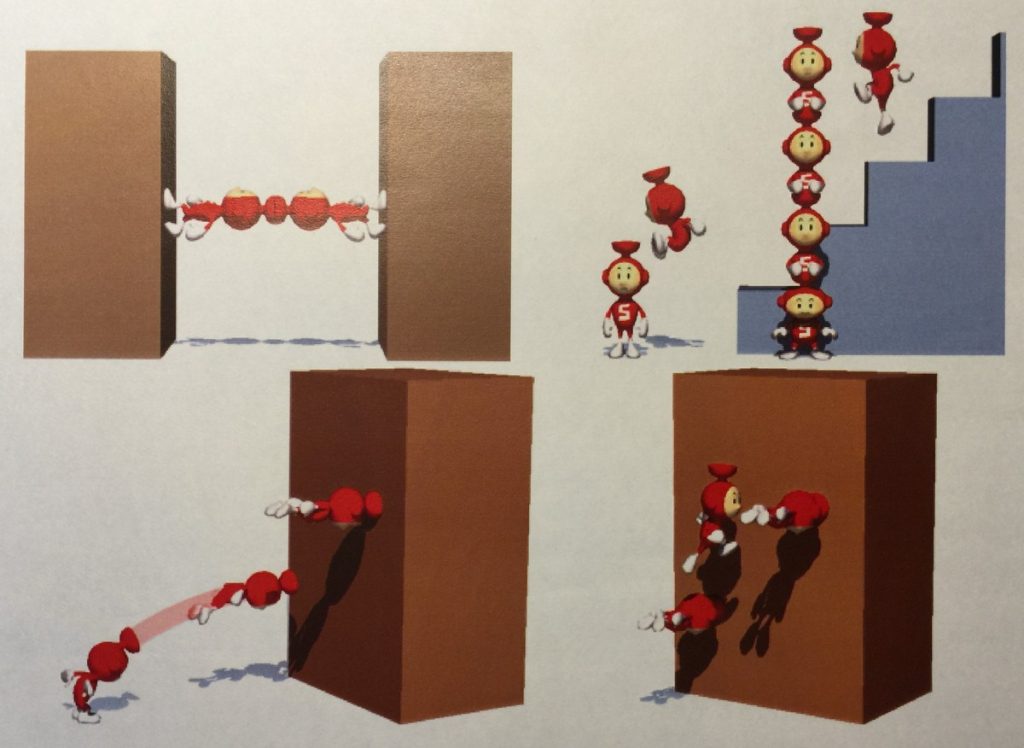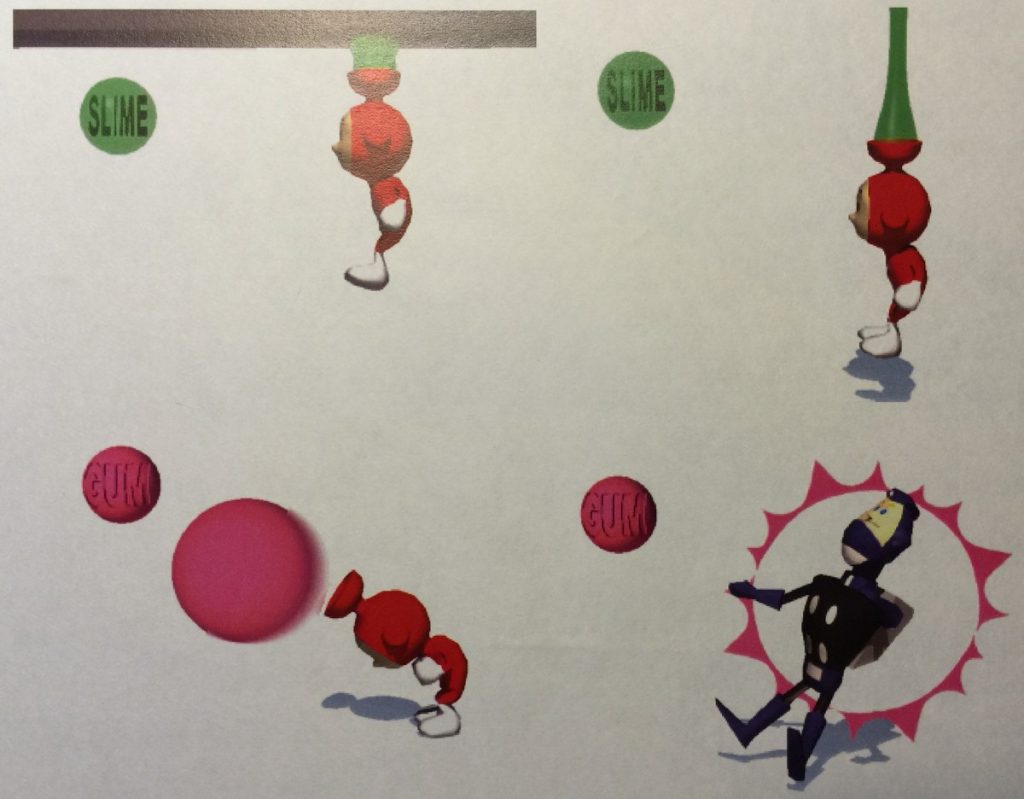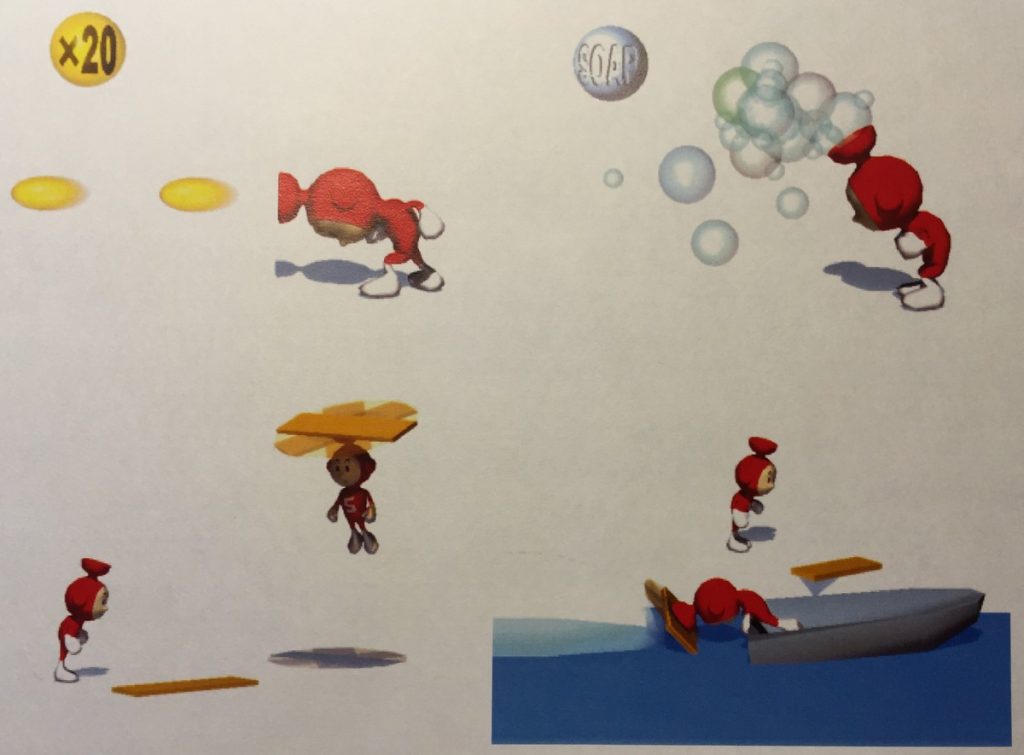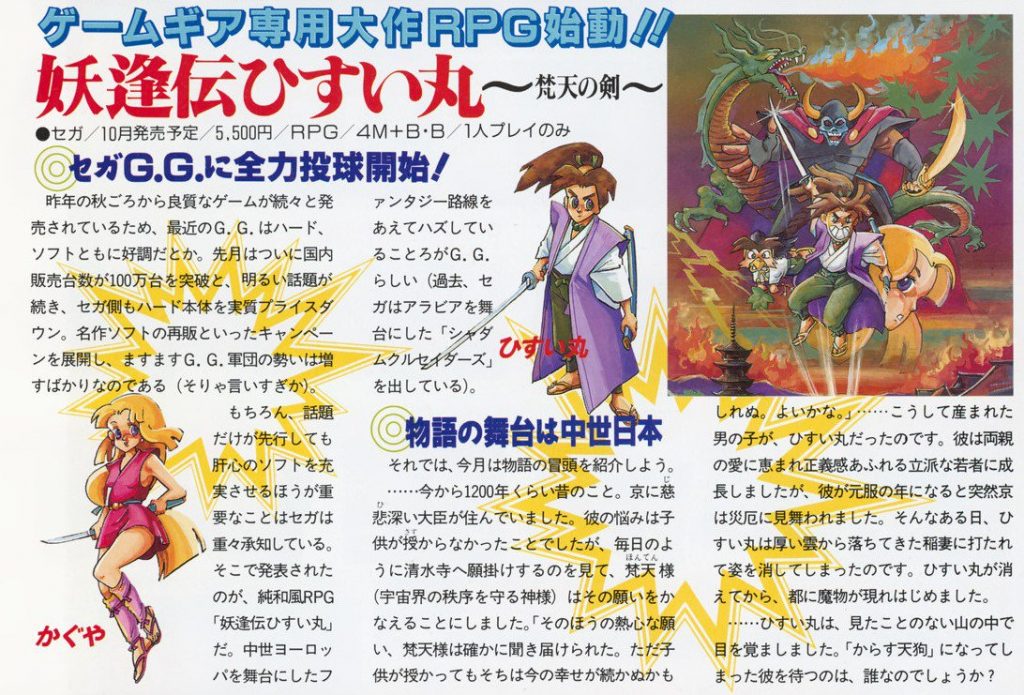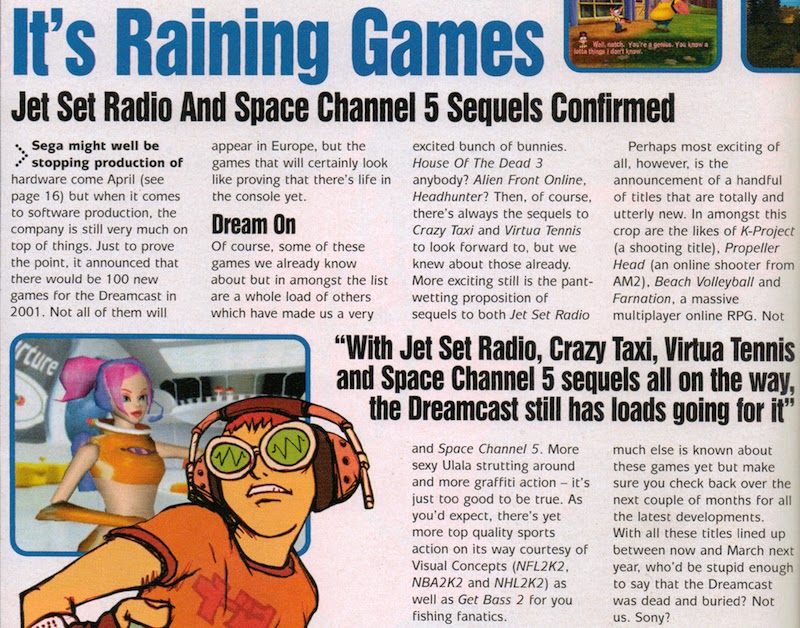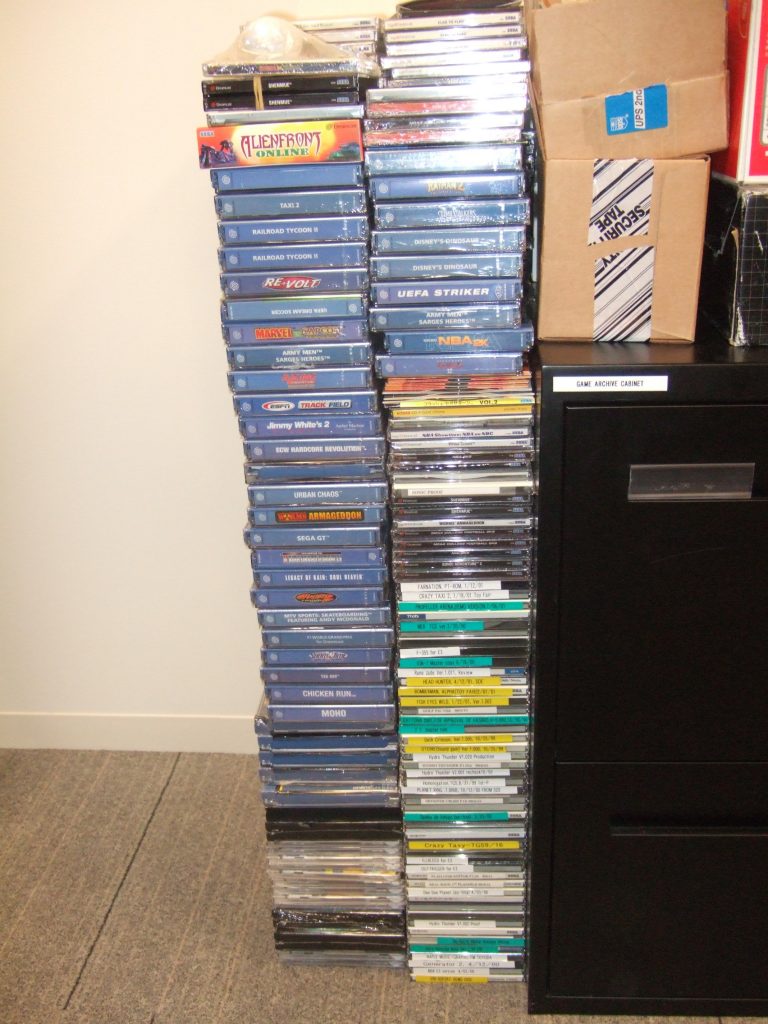Aliens: Colonial Marines is a cancelled squad-based First-Person Shooter video game developed by Check Six Studios and published by Fox Interactive and Electronic Arts, exclusively for the Playstation 2, from 2000 to 2002. It was based on the eponymous movie franchise, and was going to take place between the second and third films, with a rescue team of colonial marines and a salvage team went on a search-and-rescue mission for the missing United States Colonial Marines ship, Sulaco. It is not related to the 2013 game of the same name.
The game was officially revealed in May 2001 by EA and showed at E3. You would play as Lt. Nakamuri who could command up to 4 marines (from a pool of 12), all of which had their own personalities and skills. IGN was able to see the game in action and wrote:
Aliens: Colonial Marines pits players in a brand new story that follows the second movie in the series, Aliens. In short, the game begins as your ship discovers a drifting marine space ship floating far too close to a powerful sun that’s pulling it in at a rapid pace. Your team boards the seemingly empty ship, and then you discover a team of rogue scavengers has taken over the ship, hoping to steal equipment, food and resources of any kind. You also discover that aliens are onboard, and killing off the scavengers. As you fight off aliens and find the pilot cabin, you must redirect the vessel before it crashes into the sun.
In one of the early scenes in the game, you confront the alien queen in her egg chamber. She is laying hundreds of alien eggs, and when she notices you, she breaks off from her birthing carapace, and begins chasing you through the ship.
It is a squad-based game in which players can determine the shape of their squad, by simply pressing a button. There are several different configurations, among them a few shaped in a square, a dome, and a triangle, and the squad walks with you and protects you from rogue alien attacks.
The game is remarkable similar to Alien Resurrection on the PlayStation in its pace and look. Players don’t zip around the game like a standard FPS. Instead, you walk around, paced and are constantly on the lookout for alien attacks, which run out of different corridors in front and behind you when you least expect it. Many aspects of the movies have been incorporated into this game, including set design and sound. As you walk through the corridors, knocked out humans, incased in alien goo are strung up along the walls, some dead, and some still living. You can actually save the live ones, who will then join your squad. They will stay with you throughout the game, unless you are unlucky, in which instance they bear little baby aliens from their chest. Then you’re in trouble. (…)
The game moves a slow framerate right now, but the controls were imminently better than in Alien Resurrection, with quick response and rapid turnaround times. I was glad to finally play a game that played like the movies, and that is also good. Now they just have to speed the game up to 60 fps, speed up and tune the controls and work story-based scripts into the game, hopefully like in Half-Life of Red Faction, and they’ll have a hit on their hands.
Initially scheduled for a release in Fall of 2001, the title was pushed back to a release somewhere in Spring of 2002 and then for November of the same year, before being put on-hold by EA in May 2002. It was officially cancelled in October 2002 with EA citing that “there were no plans to pick up its development in the future”. The project was far from complete but no reason were given about why it was cancelled back then. In October 2018, Wumpagem got an interview from former Game Director Joel Goodsell. He explained briefly that Aliens: Colonial Marines was cancelled for technical issues:
Check Six also had a contract for an Alien Colonial Marines game being worked on simultaneously with Spyro: Enter the Dragonfly. The game had some amazing lighting – on the order of what we see in Alien: Isolation or Dead Space – way ahead of its time. Unfortunately, performance and production issues killed that title.
It wasn’t until 2020-2021 that more lights were shared about the game thanks to a short investigating documentary by Youtuber Mr. FO1. AVPGalaxy repeated the words from developers Clancy John Imislund, Jamien McBride and Franck de Girolami:
I was a junior programmer for a short period of time on the project. When they were doing the concept, there were other kinds of brand new Xenomorphs and you would have to fight them in the game. Check Six was just too small of a company to make a game as big as Colonial Marines. Spyro: Enter the Dragon was basically funding the game. – Jamien McBride
I was a graphics artist at Check Six and did some work on Aliens and Spyro. I left after a couple of months because of how stressful the work schedule was. The codebase was very difficult to work in. – Franck de Girolami
Check Six got a deal with Maya and they were told to write a SDK for Maya so people can write games. When I started work, I was told to work on Aliens Colonial Marines instead of the SDK. I told the team at Check Six that it was terrible and broken and it needed to be documented so people could work on it. This caused some issues with Maya as four companies bought the SDK and returned it as it wasn’t documented. It was 70% done and the 70% that was, was terrible, slow, buggy and it crashed all the time.
One time, Check Six went to Fox with a DVD they’d burnt. It was a sequence showing the Queen and it worked perfectly prior to the visit. When they showed them the video, the Queen appeared but she was half faded. An explosion occurred which was faded because the shaders were buggy.
The last time they went to Fox, they burnt another DVD of the intro video which worked fine before that. When they showed Fox, the video plays and the game just crashes. You could make out a human character on the screen but the textures weren’t loading and it was about to have some dialogue when the video crashed. This was a surprise to Fox as they’d visited Check Six before and thought the game was looking great. It was at this point, Fox just cancelled the project altogether. – Clancy John Imislund
According to some developers, the game was broken into levels and was mission-based. There were three main acts in the game, and each one was made up of about seven levels. The first act took place on the USS Sulaco. It was hinted that the final act would take place on the aliens’ home planet. There were flamethrowers, pulse rifles with grenade-launcher attachments, and the shoulder-mounted smart gun. As for the aliens, alongside Facehuggers, Chestbursters, Warriors and Praetorians, new types were planned.
Although not related, it is worth mentionning that the second Aliens: Colonial Marines game, this time published by SEGA and initially made by Gearbox Software, also went into development hell as it was announced too soon, in December 2006. Gearbox worked briefly on it until the beginning of 2008 before being focus on the first Borderlands, which was itself modified from its initial form, before SEGA temporarly put on-hold the project in 2009 because of the economical crisis. The development was re-launched in the end of 2010 with TimeGate Studios as the main developer.
Article updated by Daniel Nicaise
Images:
Images from the Gearbox Software prototype – circa 2008:
Videos:
2008 teaser from the Gearbox Software’s version

